
Oxygen concentrations in our planet's waters are decreasing rapidly and dramatically—from ponds to the ocean. The loss of oxygen in water, also referred to as aquatic deoxygenation, is a threat to life at all levels.
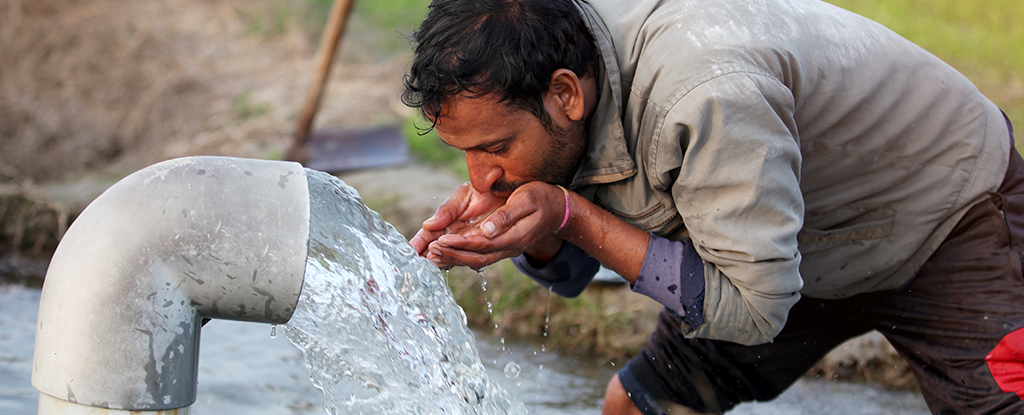
By the end of the century, tens to hundreds of millions could be deprived of even this tenuous supply of moisture as rising temperatures risk turning shallow groundwater supplies into toxic sumps.

The hurricane has set a string of records that experts say are tied to climate change, as it developed faster and much earlier in the year.

The climate crisis is driving an exponential rise in the most extreme wildfires in key regions around the world, research has revealed.
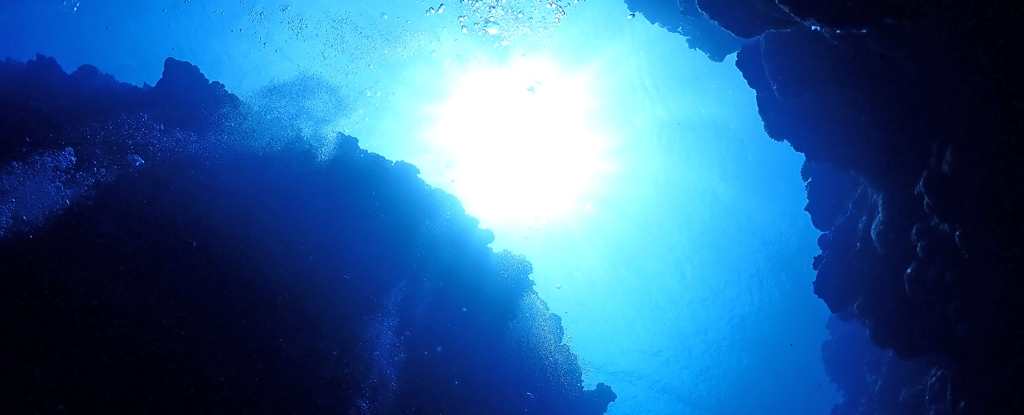
A major solution to the climate crisis may lie at the bottom of the ocean. Across the planet, basalt rock deposits on the sea floor have the potential to trap carbon dioxide, removing the heat-trapping gas from our atmosphere.
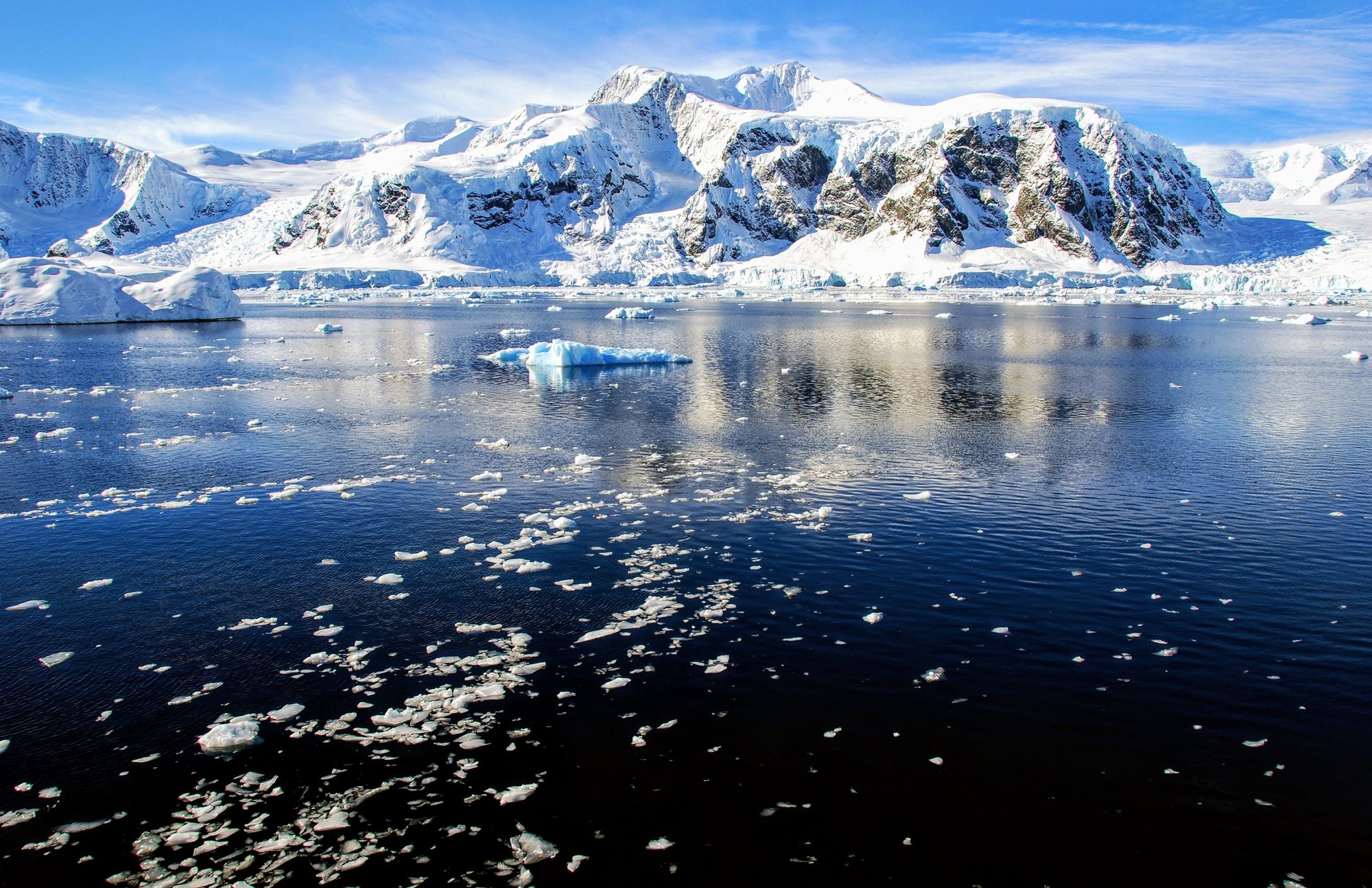
Ice sheets, the massive frozen expanses covering Antarctica, are harboring a hidden threat beneath their surface.

H5N1 is the latest evidence that climate change is altering how viruses spread and evolve. It is essential that global public health officials take these dynamics into account.
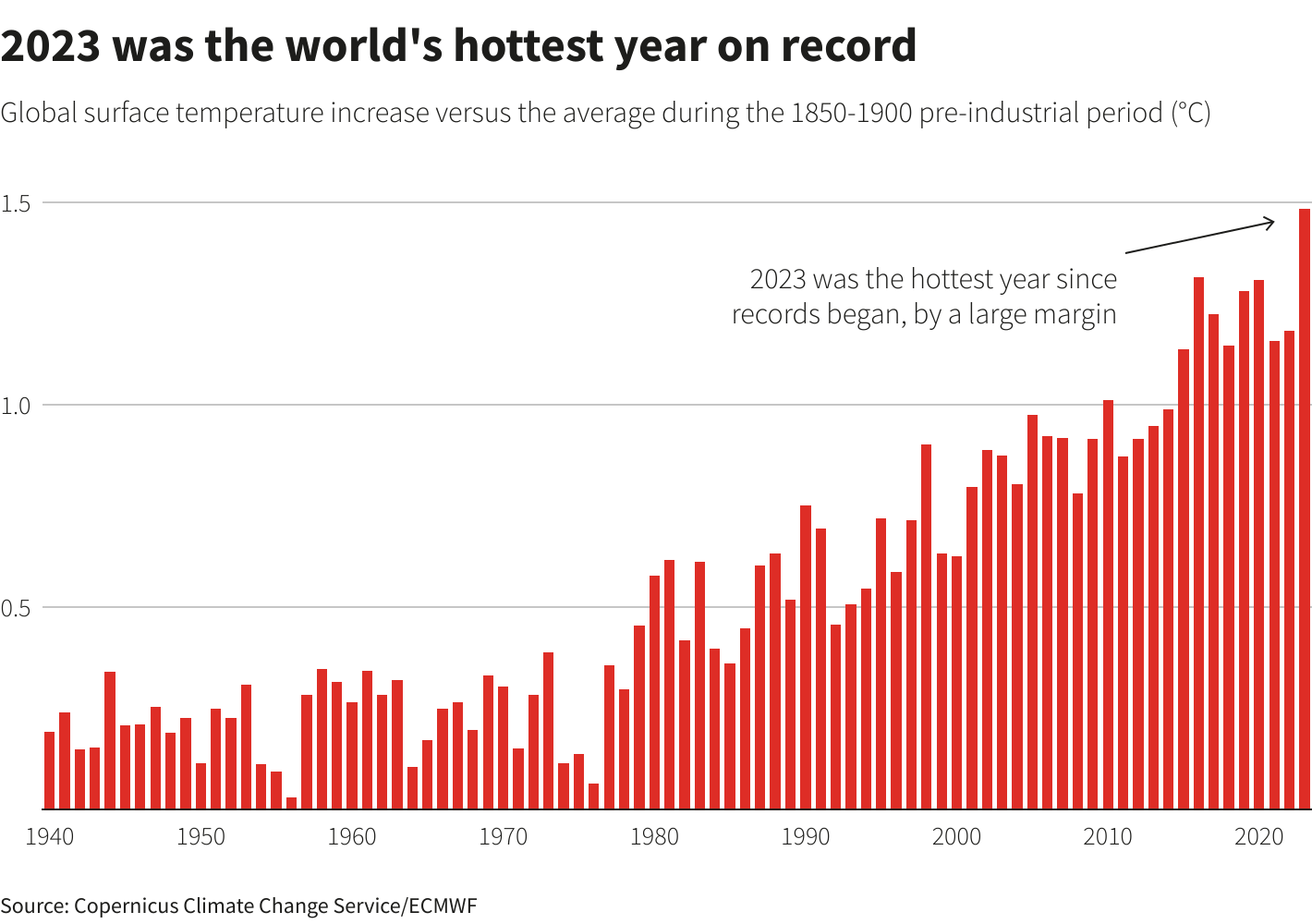
May capped a full year of monthly record-breaking temperatures. Globally, rising heat is causing hundreds of deaths, disrupting education and displacing communities.
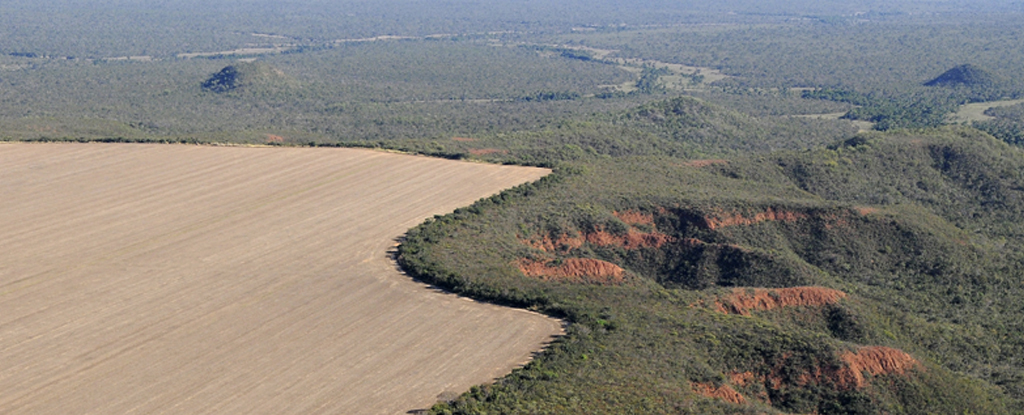
Up to 50 percent of rangelands are now degraded, a new report from the United Nations (UN) finds. Alongside climate change, many other problems are contributing to rangeland demise, mostly stemming from poor land management.
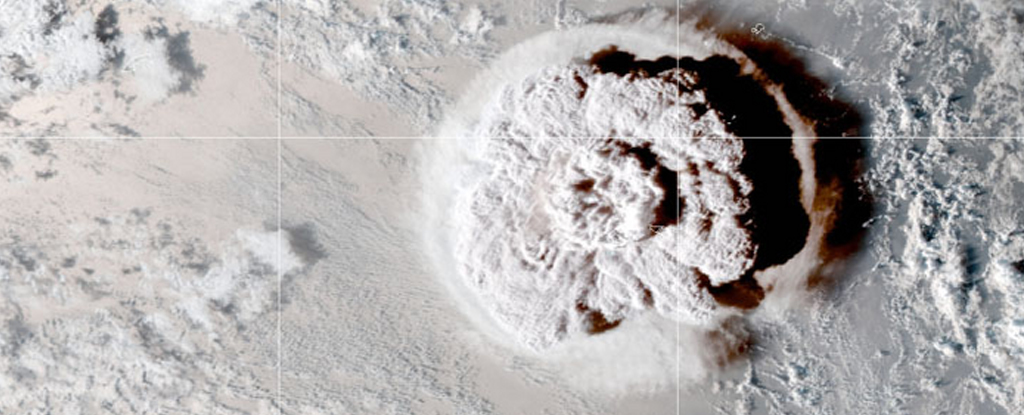
Because it was an underwater volcano, Hunga Tonga produced little smoke, but a lot of water vapor: 100–150 million tonnes, or the equivalent of 60,000 Olympic swimming pools.

Approximately three million people in currently untapped areas of Korea could face groundwater depletion by 2080.
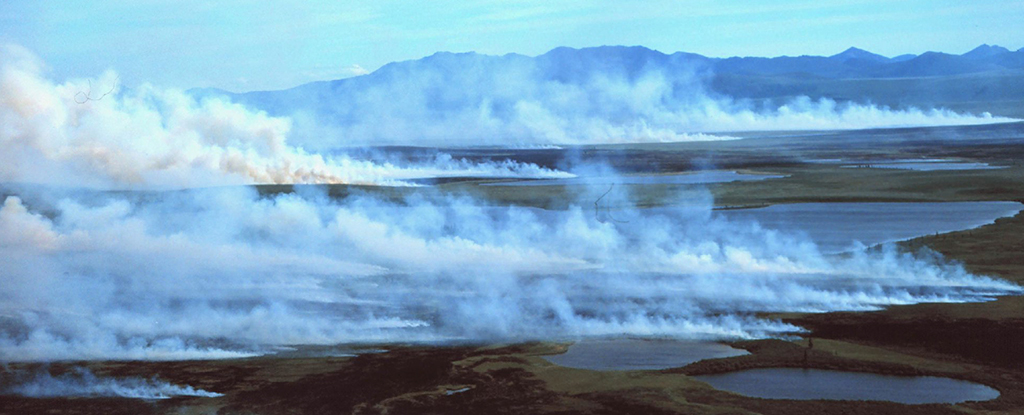
These fires puzzle scientists because they appear in early May, way ahead of the usual fire season in the far north, and can reignite for a number of years.

As the world braces for another summer of extreme heat, following the record-setting 2023 season, a recent study has acutely linked heat waves to the rate of early births among pregnant women.
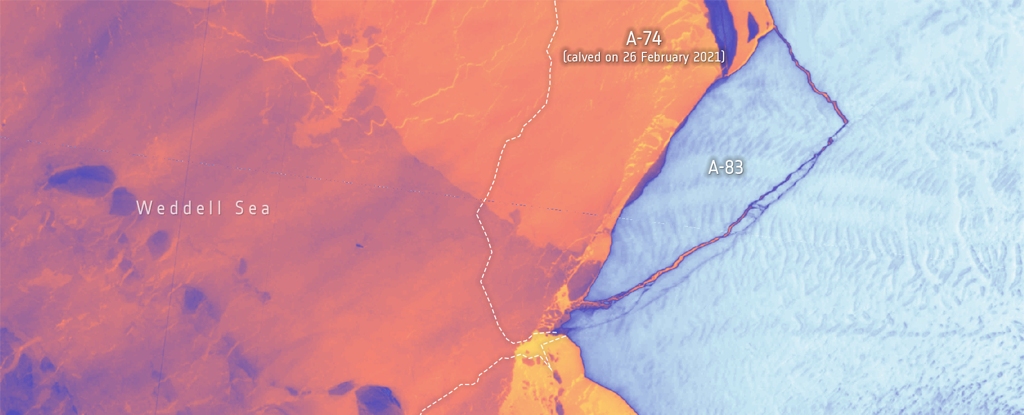
On May 20th, 2024, an iceberg measuring 380 square kilometers broke off the Brunt Ice Shelf in Antarctica. This event (A-83) is this region's third significant iceberg calving in the past four years.
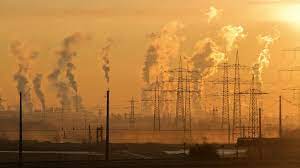
Today's rate of atmospheric carbon dioxide increase is 10 times faster than at any other point in the past 50,000 years, researchers have found through a detailed chemical analysis of ancient Antarctic ice.